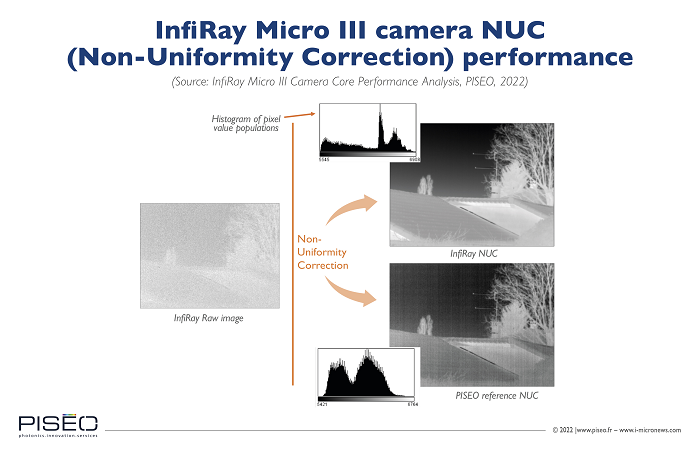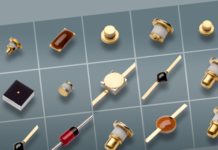
A lot of work has gone into commercializing and selling thermal cameras from Chinese manufacturers. In the past, there were mainly European and American players in the market, though Chinese companies started more than ten years ago to work on thermal camera technologies. They gained a lot of expertise and have recently been boosted by COVID-19. And now, the question is whether the Chinese manufacturers are going to gain an increasing market share, or will the original regions of origin keep their leading positions?
- The thermal camera market will be about US$8,761 million in 2026, with a CAGR2021-2026 of 7.2%.
- The wider adoption of thermal cameras is now mainly a matter of marketing effort to convince the integrators and users of the benefits of thermal imaging, especially in the consumer an automotive markets (e.g., ADAS1).
- Teledyne FLIR, Seek Thermal, Raytheon Technologies … are some of the top 10 thermal camera manufacturers.
Yole Développement (Yole)’s partner, PISEO, investigates disruptive thermal imaging technologies and evaluates the latest innovations. PISEO had previously analyzed the FLIR Boson camera, which is a reference product in the thermal imaging camera market. As the Chinese players are gaining more and more presence in the market, PISEO wanted to benchmark a camera from a manufacturer identified as a Chinese leader.
Today, PISEO’s imaging team releases the report InfiRay Micro III Camera Core Performance Analysis. This study gives a comprehensive and independent thermal imaging analysis of the main features, performance, and imaging system architecture of the InfiRay Micro III camera core.
Olivier Andrieu, R&D Project Director, Mechatronic System Architect at PISEO, asserts: “Thanks to multiple drivers, the market for infra-red thermal imaging cameras and modules is expanding rapidly with many products on offer. There is, therefore, a need for users, integrators, and sensor manufacturers to discriminate between available products based on accurate and independent assessments of their performance and features. This report is the fourth of its kind that will help thermal imaging camera and module market actors better understand the characteristics of such products, enabling better strategic decision making.”
According to the technical data available from the Chinese manufacturer, PISEO expected good performance, similar to that of the FLIR Boson camera. When tested by PISEO, the Micro III camera module was found to contain a well-performing bolometric sensor, producing good quality images with a low number of bad pixels. However, the image quality is not well enhanced by the image processing firmware, which includes basic tone mapping functions with errors in some of them. From a user’s perspective, the software platform is not supportive enough to get the best out of the camera’s potential.

Compared to the Boson camera module from FLIR, which is a reference product in this field, the Mic III module is based on a higher quality sensor. However, algorithms for signal correction and image processing – which make the Boson camera’s approach attractive – largely underperform in the InfiRay camera. The system engineer may be surprised at how difficult it is to reach the sensor’s potential in this case. Using its own standard testing protocol, PISEO ran in-depth analyses of the sensor performance and the embedded image processing algorithms. In a few words, PISEO found that the final image quality is as good as the one obtained with the FLIR Boson camera but is the result of a different approach: a higher performance sensor in this case and higher performance image processing in the other.
The impression one gets from the analysis of the Micro III is that this module is better for internal InfiRay applications than for external ones. The multiple user interfaces and the approximation of the software tools suggest case-to-case improvements inspired by specific application contexts. It should also be noted that the limited documentation and support available make the InfiRay Micro III camera difficult to integrate into a camera system.
PISEO has analyzed four thermal cameras so far, including the FLIR Boson and InfiRay Micro III. The company will also soon publish an analysis of the thermal camera benchmark. Newly developed technologies will surely contribute to an improved image quality (with a pixel pitch as low as 10 µm in some cases) and a sensor performance that tends to get smarter, as well as to a cost reduction with the use of WLP2 techniques


















